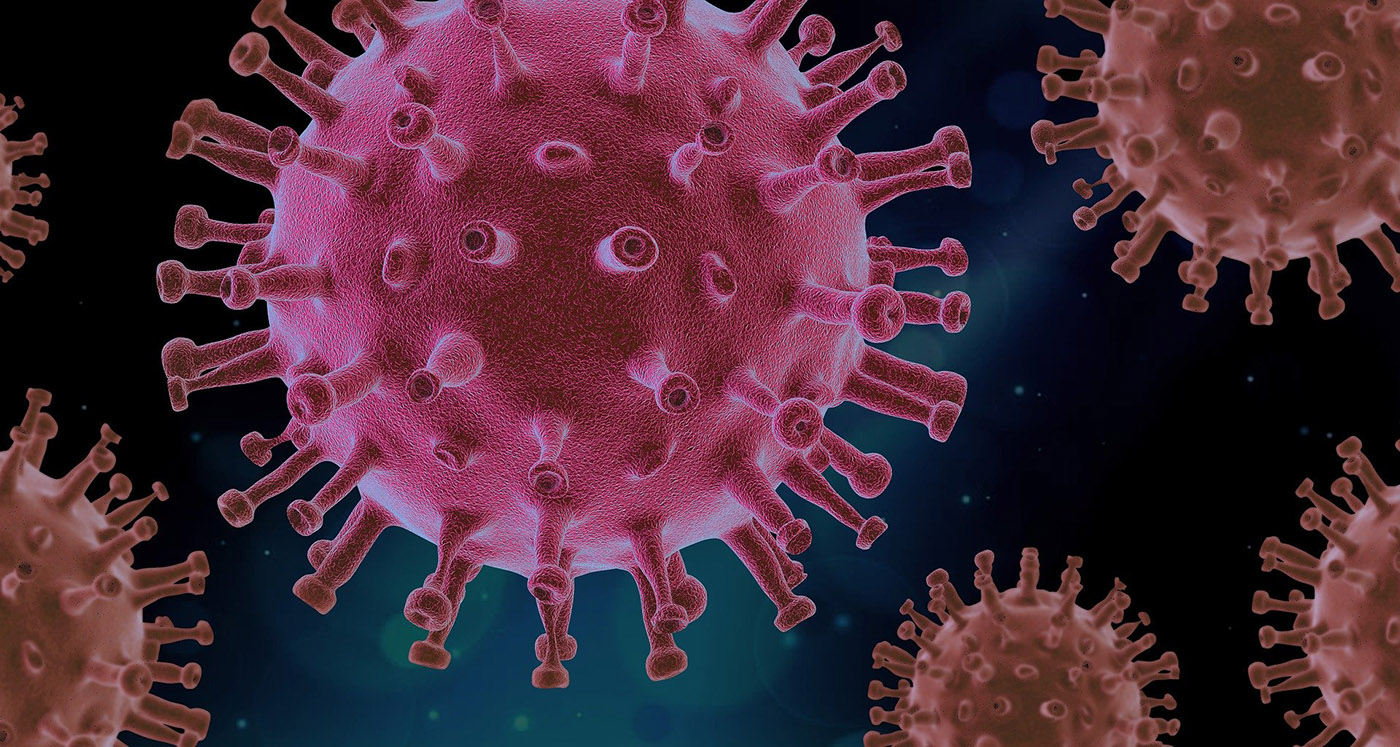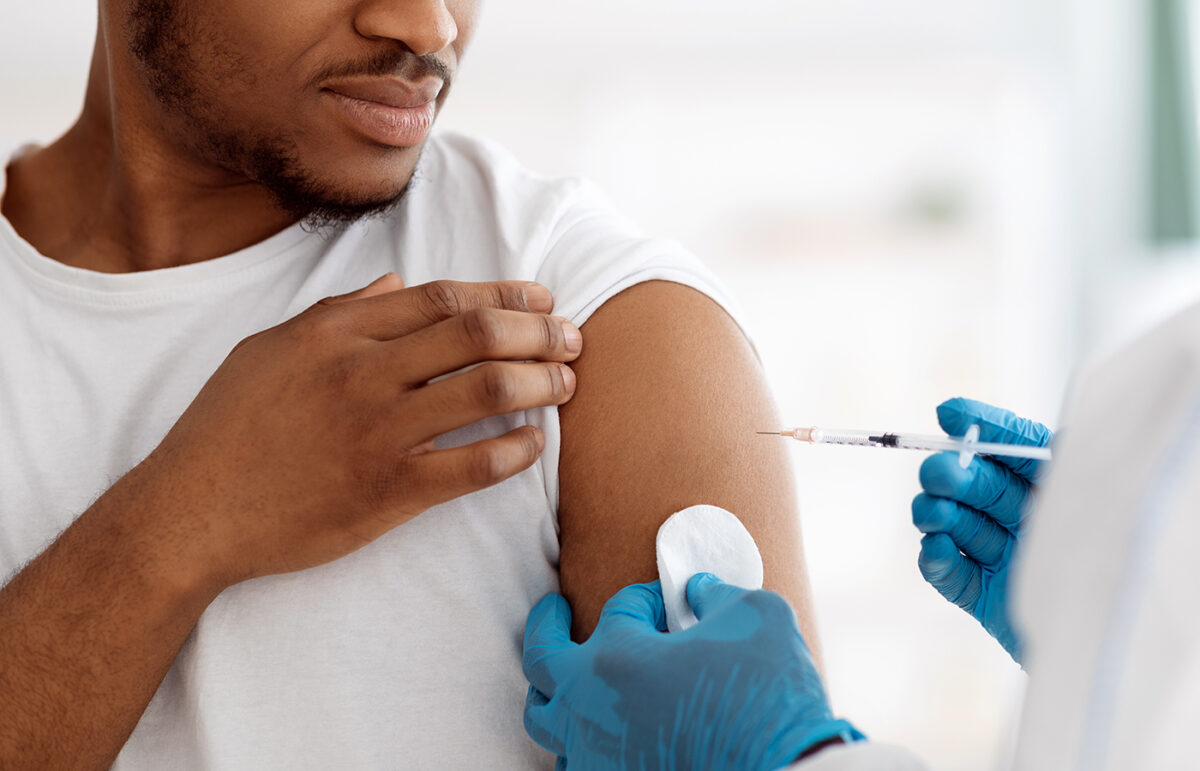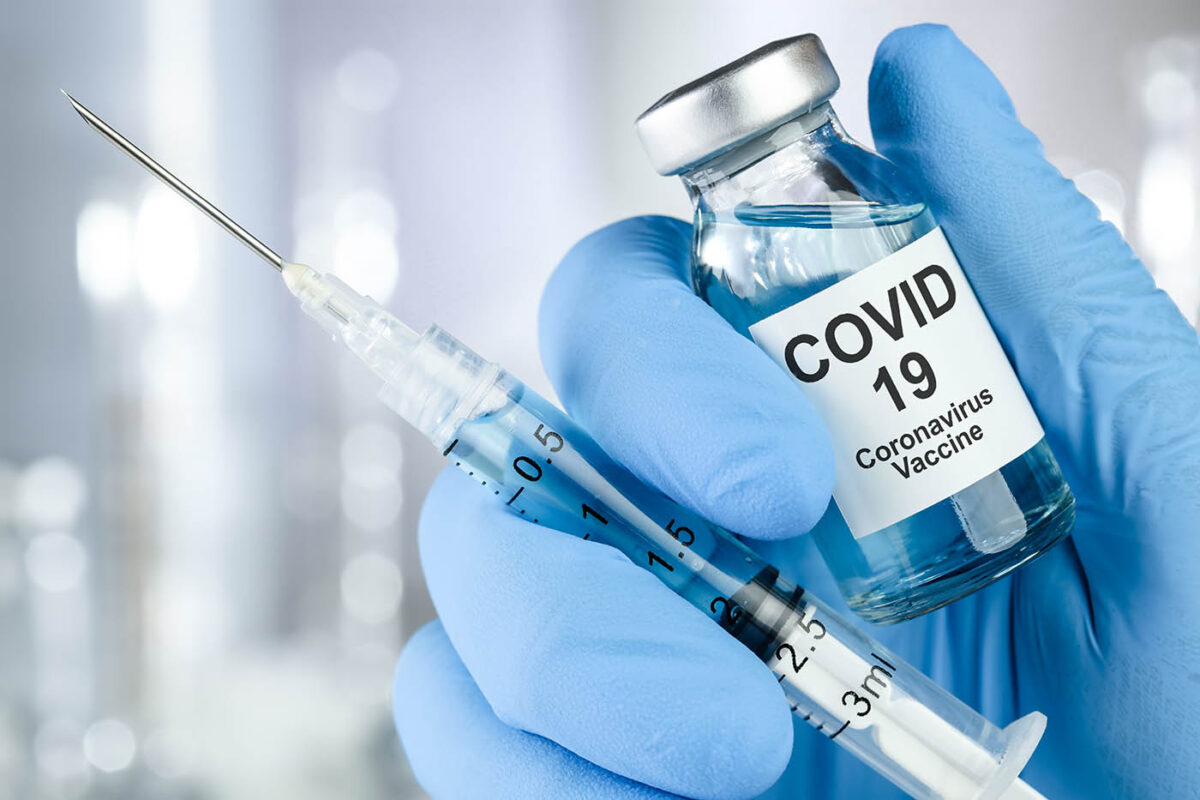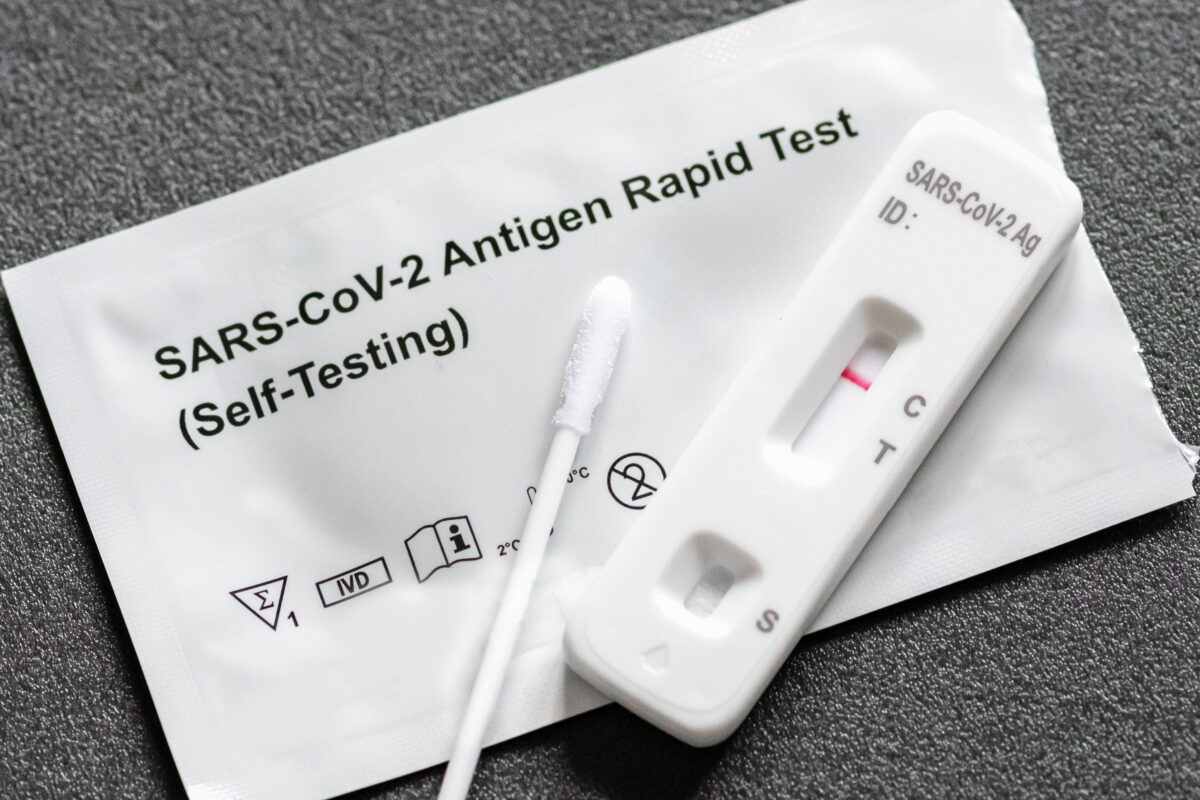
Roughly a year into the COVID-19 pandemic, scientists are still trying to understand our immune response to the novel coronavirus. Two key questions include how long antibody protection lasts following COVID-19 infection and whether people who were previously infected can become infected again. Two terms often used in these discussions are “reinfection” and “reactivation.”
Reinfection occurs when a person who has been infected with and recovered from a virus later becomes infected again by the virus. Scientists are working to understand how and why reinfection occurs. After a COVID-19 infection, a person develops some level of immunity, or protection, against the virus that causes COVID-19. While research is underway to better understand how long immunity lasts after infection, the Centers for Disease Control and Prevention notes that “experts do not know how long someone is protected from getting sick again after recovering from COVID-19.” There have been fewer than 50 cases of reinfection reported worldwide, according to a global reinfection tracker.
Reactivation occurs when a person who appears to have recovered from a virus still has small amounts of the virus within his or her body. After having few or no symptoms for a period of time, a person who experiences reactivation may develop new symptoms which may or may not be similar to those experienced during the initial infection. There is limited information about how frequently COVID-19 viral reactivation occurs.
While reinfection and reactivation continue to be studied, public health experts have urged people previously infected with COVID-19 to get the vaccine when it is available to them. As new COVID-19 variants emerge, there are also concerns that variants could lead to more reinfections and require updates to existing COVID-19 vaccines.






